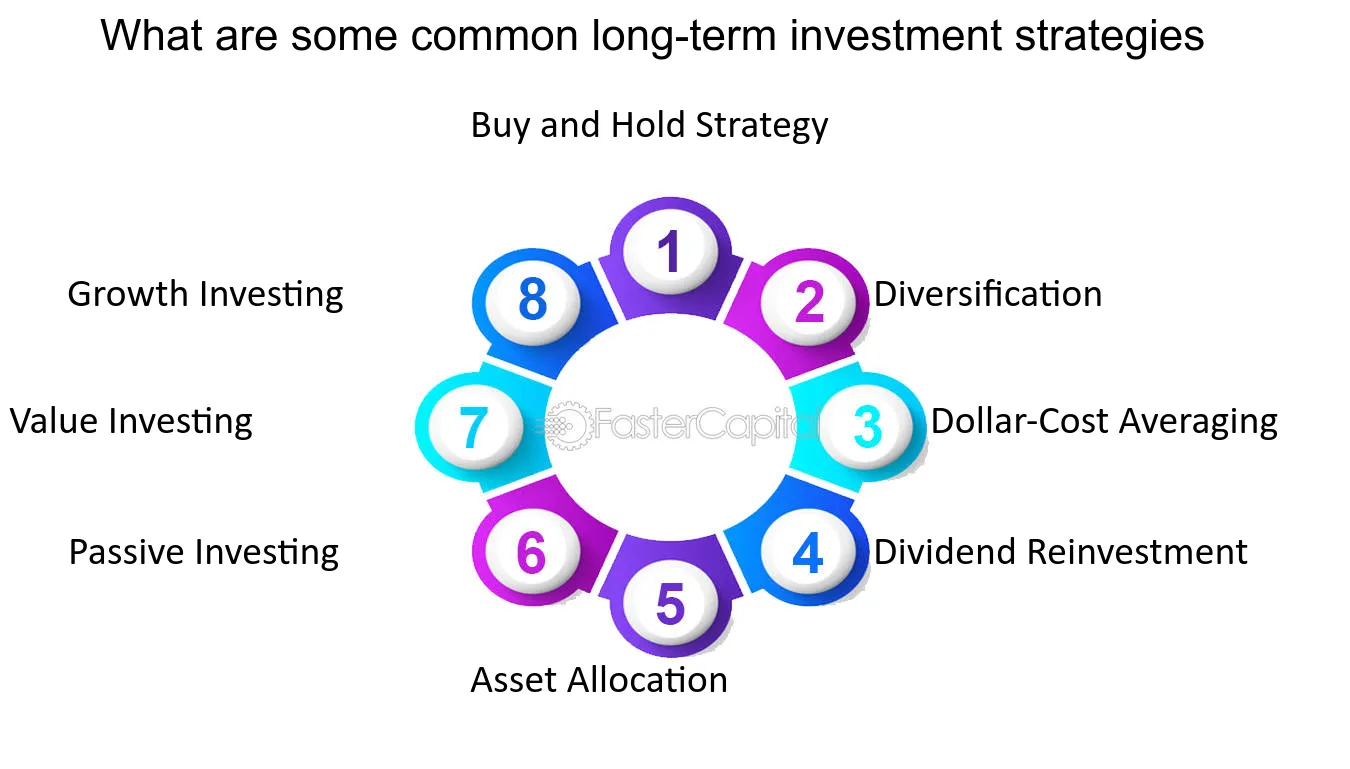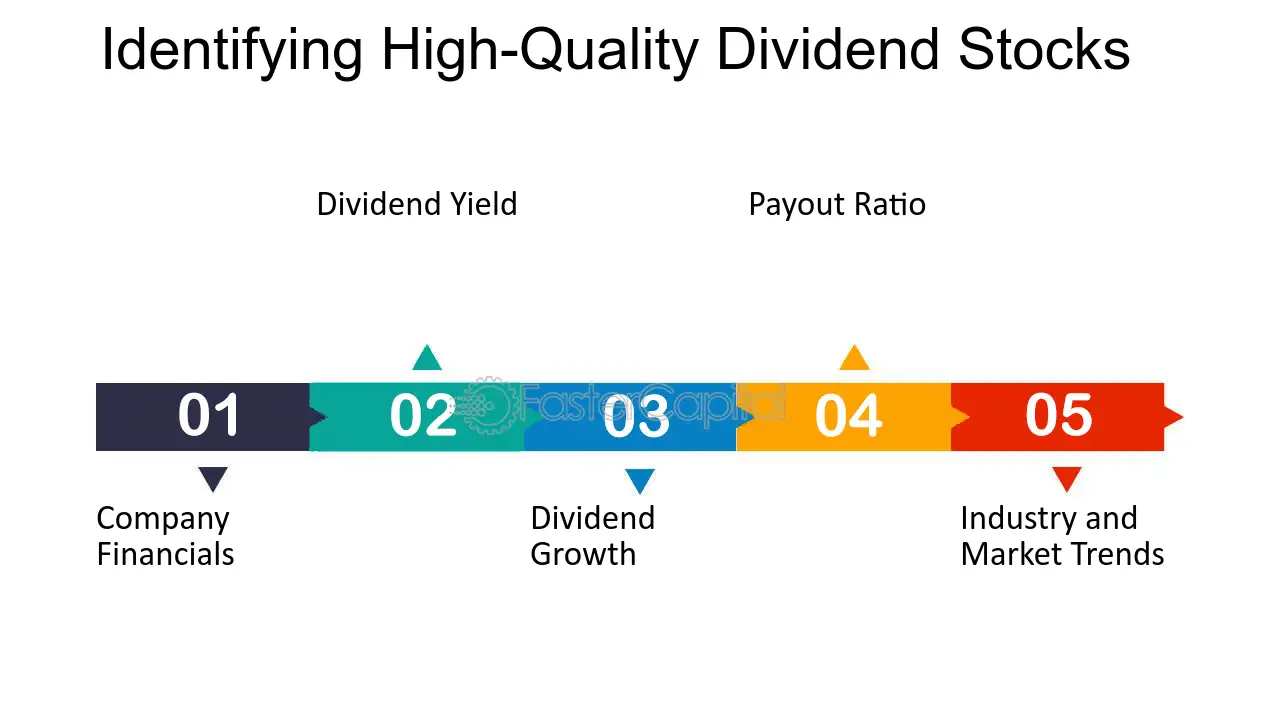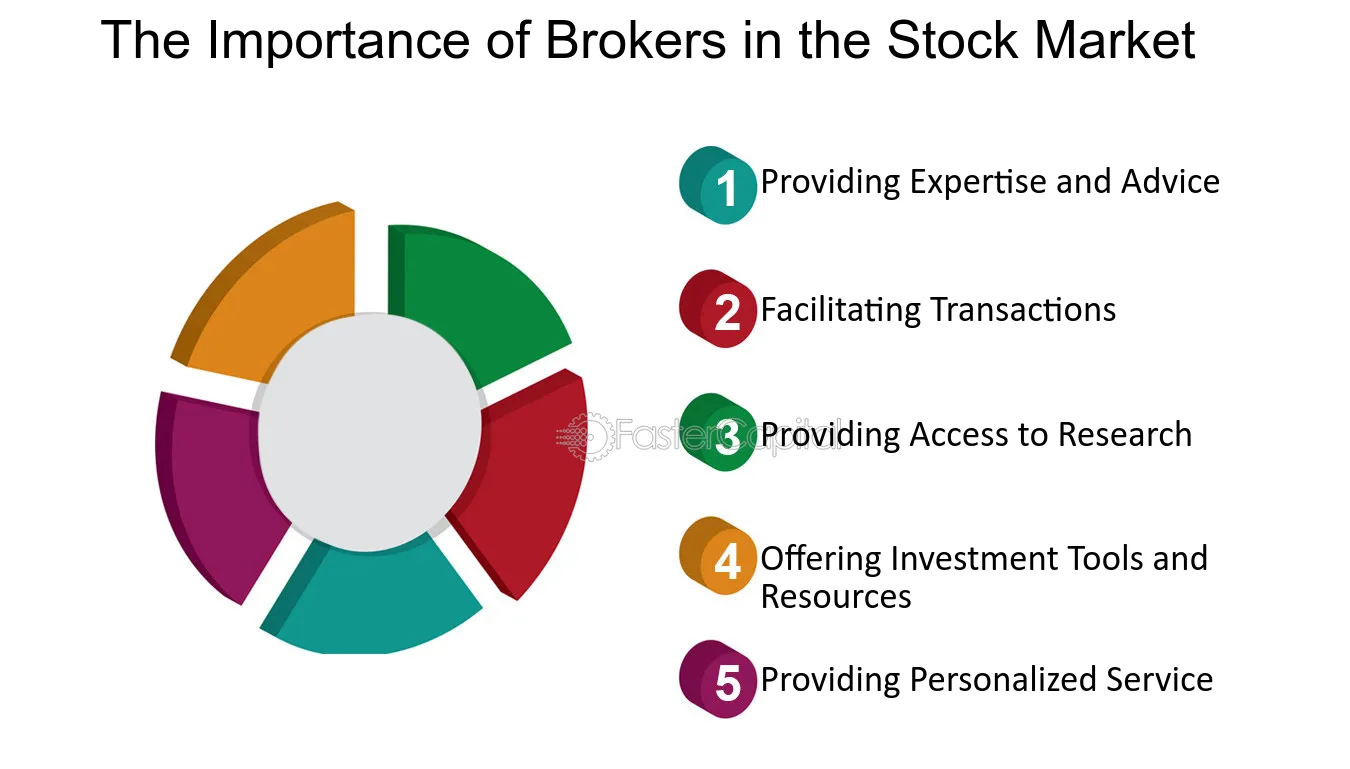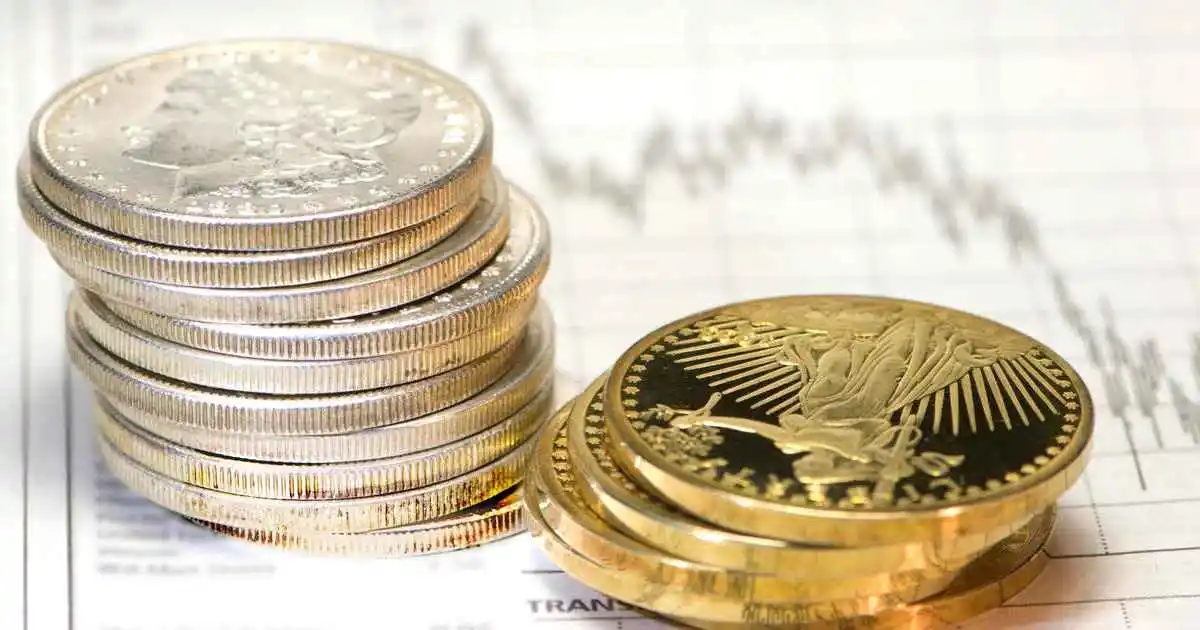
Gold and Silver IRAs
Definition of a Gold or Silver IRA
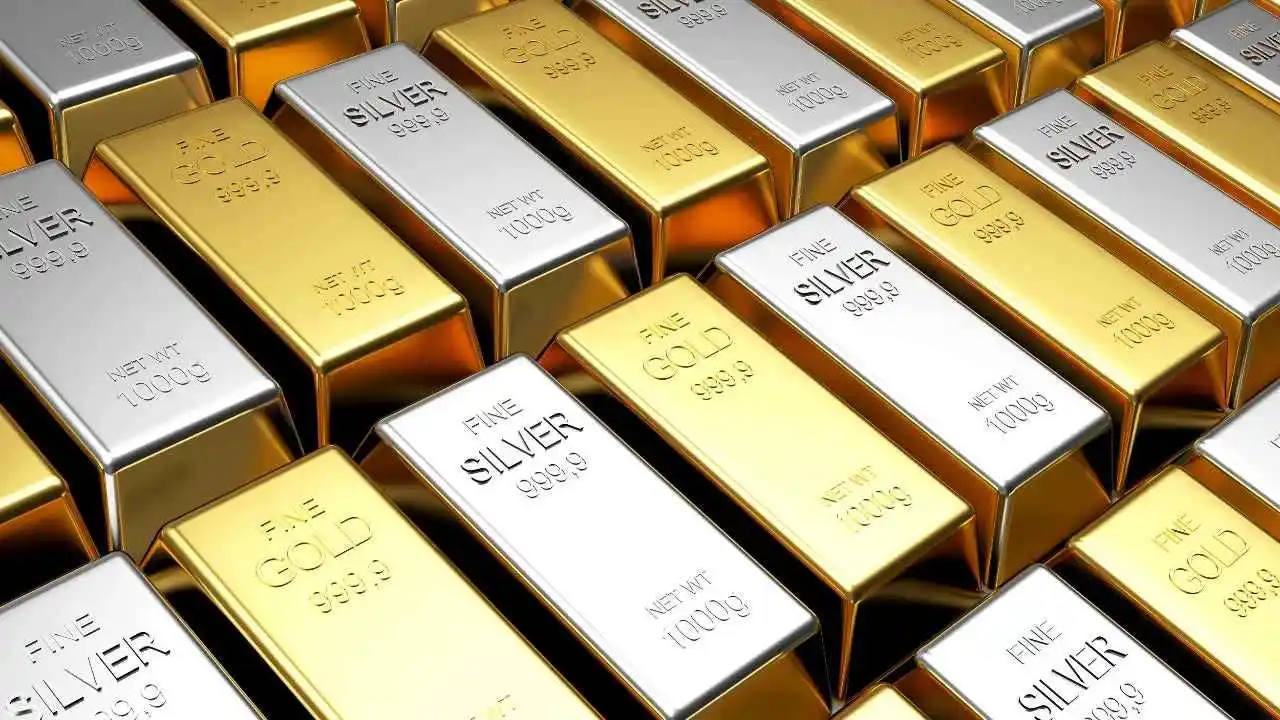
A Gold or Silver IRA is a type of self-directed individual retirement account that allows investors to hold physical precious metals, such as gold and silver, as part of their retirement portfolio. Unlike traditional IRAs that typically invest in stocks, bonds, and mutual funds, a Gold or Silver IRA focuses on tangible assets.
How It Allows Investment in Physical Precious Metals for Retirement
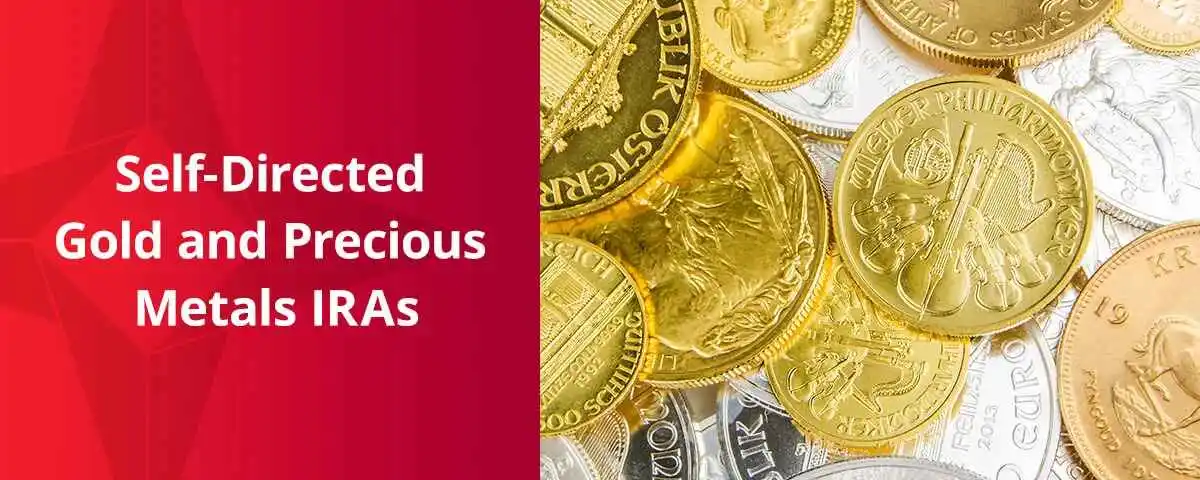
These IRAs enable investors to diversify their retirement savings by including physical gold and silver. This is achieved by purchasing and storing the actual metals, which must meet IRS standards and be held in an approved depository. This setup provides a unique way to hedge against economic uncertainties and inflation.
Brief Overview of the Benefits and Risks of Investing in a Gold or Silver IRA

Investing in a Gold or Silver IRA offers several benefits, such as portfolio diversification, potential long-term growth, and protection against inflation. However, it also comes with risks, including higher costs, storage and insurance fees, and potential price volatility of the metals.
Advantages of Investing in a Gold or Silver IRA
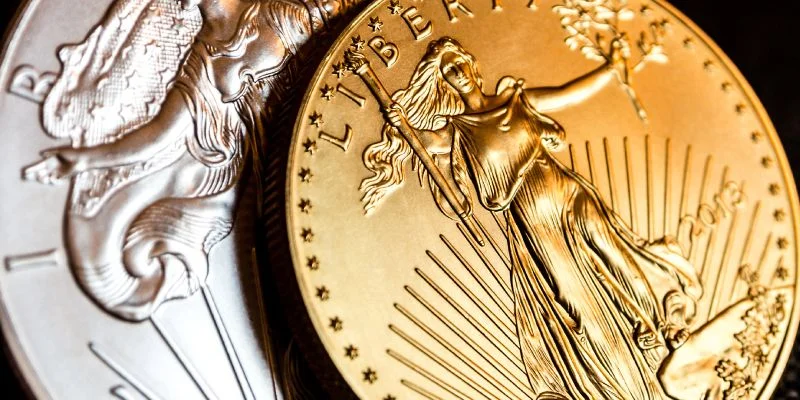
Diversification of Retirement Portfolio with Tangible Assets
One of the primary advantages of a Gold or Silver IRA is the diversification it brings to a retirement portfolio. By including tangible assets like gold and silver, investors can reduce their overall investment risk and protect against market volatility. This diversification can be particularly beneficial during economic downturns when traditional investments may underperform.
Potential for Long-Term Growth and Appreciation

Gold and silver have historically maintained their value over time. For instance, gold has shown a consistent track record of holding its value and even appreciating during periods of economic uncertainty. This potential for long-term growth makes precious metals a valuable addition to a retirement portfolio.
Hedge Against Inflation and Economic Uncertainty
Precious metals like gold and silver are often seen as a hedge against inflation and economic uncertainty. They tend to perform well when the stock market is volatile or during periods of high inflation, providing a buffer for investors’ retirement savings.
Ownership of Physical Precious Metals
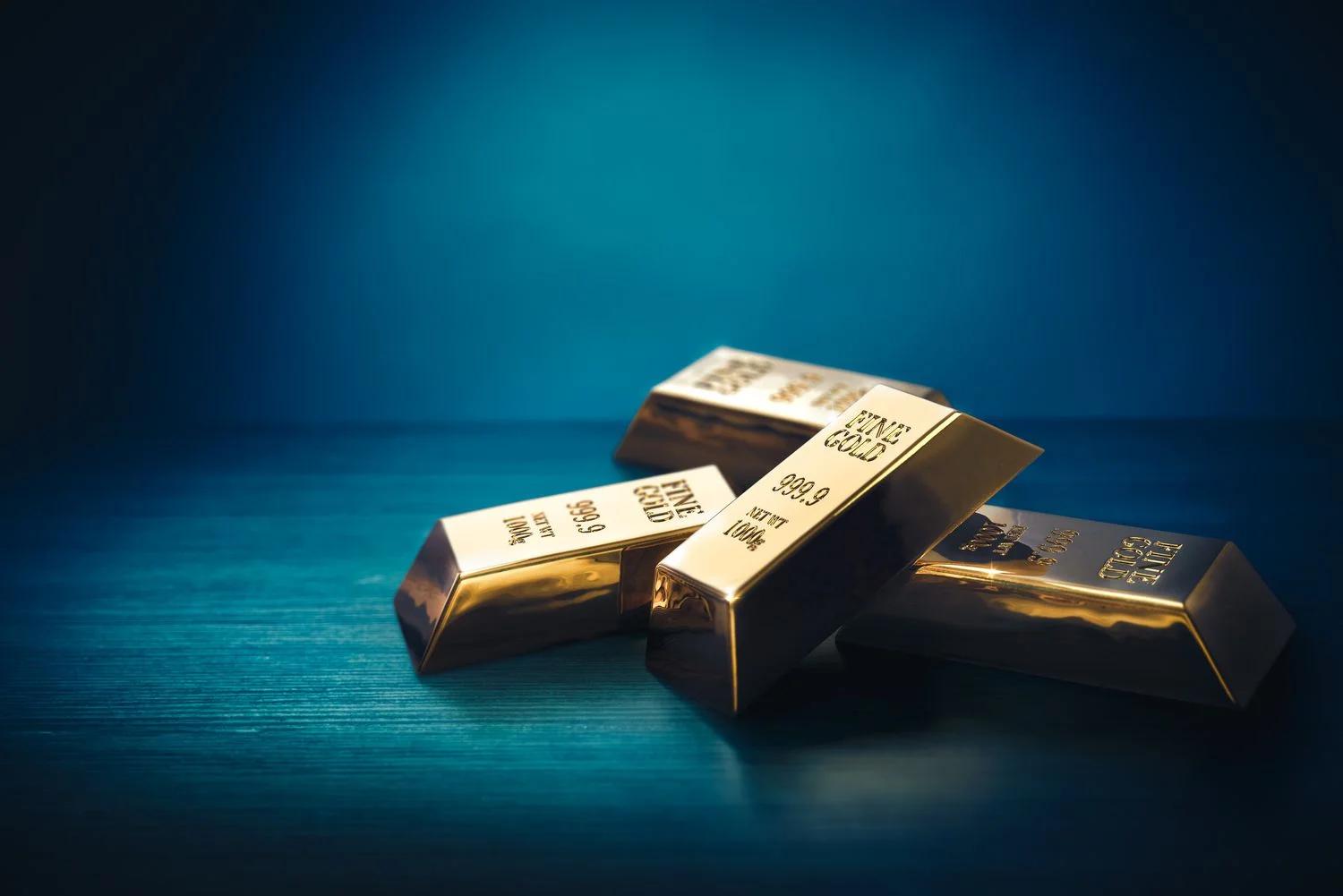
Investing in a Gold or Silver IRA allows for the ownership of physical precious metals. This tangible asset can provide a sense of security and stability, as it is not subject to the same risks as paper assets like stocks and bonds.
Disadvantages and Risks of Gold and Silver IRAs

Higher Costs Compared to Traditional IRA Investments
Gold and Silver IRAs generally come with higher costs compared to traditional IRAs. These costs include purchasing the metals, storage and insurance fees, and administrative expenses. These additional costs can impact the overall returns on the investment.
Storage and Insurance Fees
Physical gold and silver must be stored in an IRS-approved depository, which incurs storage and insurance fees. These fees can add up over time and reduce the net returns on the investment.
Administrative Costs
Managing a Gold or Silver IRA involves various administrative costs, such as custodian fees and paperwork management. These costs are typically higher than those associated with traditional IRAs.
Potential for Price Volatility of Precious Metals

The prices of gold and silver can be highly volatile, influenced by factors such as market demand, geopolitical events, and economic conditions. This price volatility can pose a risk to investors, especially those looking for stable, long-term growth.
Storage and Security Concerns
Storing physical precious metals requires secure facilities to prevent theft or damage. This need for secure storage adds another layer of complexity and cost to managing a Gold or Silver IRA.
Possibility of Fraudulence or Scams
Investors must be cautious of potential fraudulence or scams in the precious metals market. It’s essential to work with reputable custodians and dealers to avoid falling victim to fraudulent schemes.
Eligible Precious Metals for Gold and Silver IRAs
IRS Purity Standards for Gold and Silver Coins and Bars
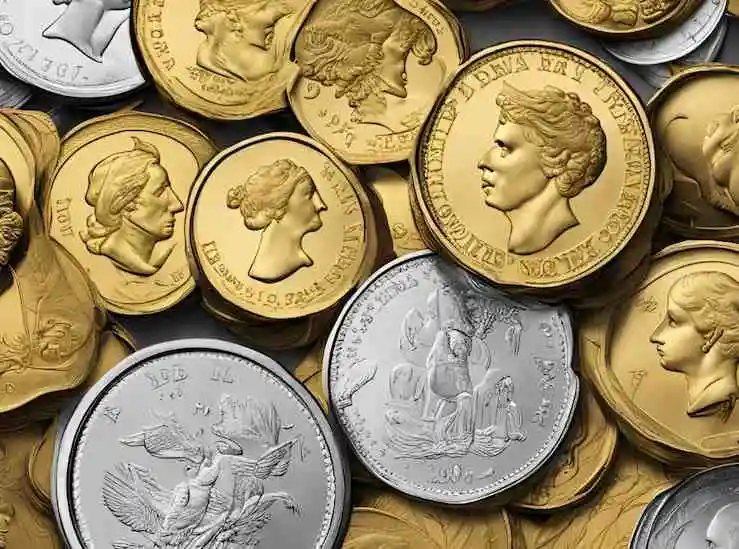
The IRS has set specific purity standards for the precious metals that can be included in a Gold or Silver IRA. Gold must have a purity of at least 99.5%, while silver must be at least 99.9% pure.
Coins and Bars Must Be Produced by a National Government Mint

Eligible precious metals must be produced by a national government mint to ensure their authenticity and quality. This requirement helps maintain the integrity of the investment.
Examples of Eligible Precious Metals

- Gold: American Eagle coins, Canadian Maple Leaf coins, and bars with 99.5% purity or higher.
- Silver: American Eagle coins, Canadian Maple Leaf coins, and bars with 99.9% purity or higher.
Setting Up a Gold or Silver IRA
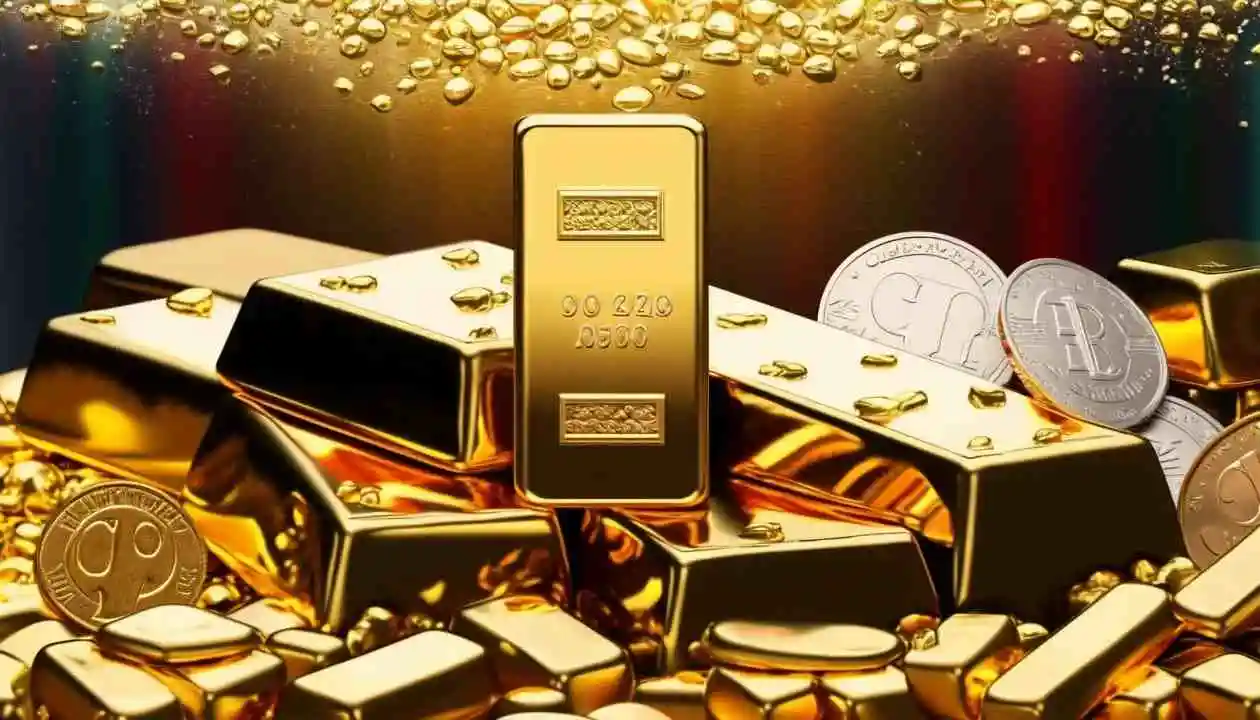
Working with an IRA Custodian Specializing in Precious Metals
To set up a Gold or Silver IRA, you need to work with an IRA custodian who specializes in precious metals. These custodians manage the account and ensure compliance with IRS regulations.
Selecting the Appropriate Precious Metals for Inclusion
Choosing the right precious metals for your IRA involves selecting coins or bars that meet IRS standards and align with your investment goals.
Opening a Storage Account at an Approved Depository

The physical metals must be stored in an approved depository. This involves opening a storage account and ensuring the metals are securely stored and insured.
Managing Paperwork and Administrative Tasks

Setting up and maintaining a Gold or Silver IRA requires managing various paperwork and administrative tasks. This includes account setup, compliance with IRS regulations, and ongoing account management.













